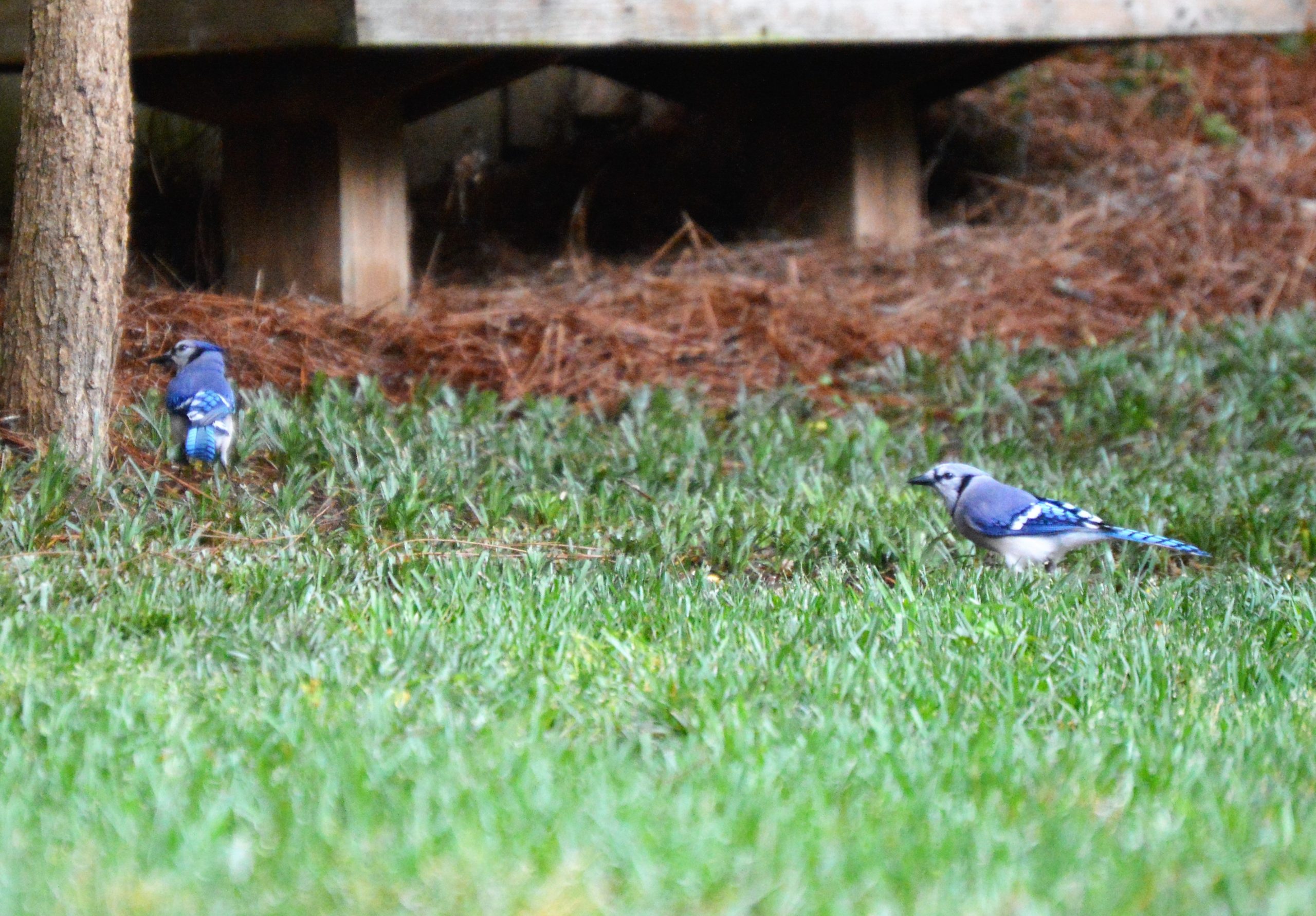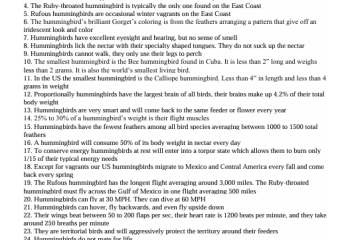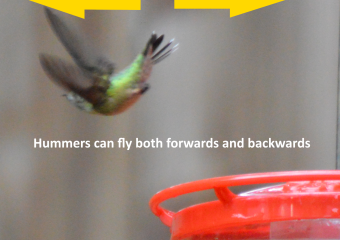Ultimate Guide: Surprising Predators of Hummingbirds
Understanding Hummingbird Predators: Beyond the Nests
Blue Jays: More Than Just Egg Thieves?
Hummingbirds, with their iridescent plumage and rapid wingbeats, are often seen as jewels of the garden. However, these tiny creatures face various threats from predators, one of which is the Blue Jay. Known for their intelligence and complex social behavior, Blue Jays have indeed been observed robbing hummingbird nests, snatching eggs or even fledglings. But do Blue Jays pose a threat to adult hummingbirds as well?
While there are no definitive studies to confirm frequent predation of adult hummingbirds by Blue Jays, their opportunistic feeding behavior suggests they wouldn’t pass up the chance if it presented itself. Blue Jays primarily feed on nuts, seeds, and grains, but they are also known to eat insects and other small animals when available. The quick and agile hummingbird, however, is likely a challenging target for the larger, less maneuverable Blue Jay.
Other Birds That Pose a Threat to Hummingbirds
Aside from Blue Jays, hummingbirds must watch out for several other avian predators. Here are some of the primary threats:
-
Shrikes: Often referred to as “butcher birds” because of their habit of impaling their prey on thorns or barbed wire, shrikes are capable predators that can catch and eat small birds, including hummingbirds. Their method of hunting involves surprising their prey and utilizing their hooked beaks to deliver a fatal blow.
-
Hawks: Particularly the sharp-shinned hawk and the Cooper’s hawk, are known predators of small birds and can occasionally capture unsuspecting hummingbirds. These birds of prey use their speed and aerial agility to swoop down and catch their victims unaware.
-
Crows and Ravens: These highly intelligent birds are larger and more powerful than hummingbirds and can prey on young and adult hummingbirds alike if they get the opportunity. Their predatory tactics are not solely based on flight; they can also attack nests directly.
Predation by Non-Bird Species
While birds constitute a significant threat to hummingbirds, various other predators need to be considered:
-
Snakes: Arboreal snakes can be a menace to hummingbirds, primarily through nest predation. They can climb into trees and shrubs where hummingbirds have their nests to consume eggs and nestlings.
-
Praying Mantises: In an unexpected twist of predator-prey dynamics, the praying mantis can and does catch hummingbirds. Typically, this occurs at hummingbird feeders where the mantis waits in ambush to grab the bird with its powerful forearms.
-
Spiders: Large orb-weaver spiders can sometimes entrap hummingbirds in their sturdy, sticky webs. While not a common occurrence, it showcases the variety of dangers these small birds face from unexpected sources.
Adaptive Strategies of Hummingbirds Against Predators
Despite their size and apparent vulnerability, hummingbirds are not defenseless. Their incredible agility in flight makes them difficult to catch, and they are highly vigilant animals, constantly on the lookout for threats. They also make use of cover, flying low and using vegetation as protection against avian predators. Furthermore, their tiny size allows them to utilize nest sites that are inaccessible to many larger predators.
Conclusion: The Plight of the Hummingbird in a World Full of Predators
The survival of hummingbirds in the face of numerous predators is a testament to their adaptability and resilience. Whether it’s dodging an opportunistic Blue Jay or escaping the clutches of a predatory hawk, hummingbirds navigate a world filled with challenges. Understanding the broad spectrum of predators they face helps bird watchers and conservationists alike to create safer habitats and conservation strategies tailored to protecting these astonishing little birds.






